Since every dilute-coloured horse must have inherited the gene from one or both parents, how did these colours go unnoticed in Thoroughbreds? One reason is the practice of the Thoroughbred registries themselves. Until very recently, most foals were registered only as black, bay, bay-or-brown, chestnut or grey. Palominos were registered as chestnut, buckskins as bays, and greys were simply registered as grey, no matter what their original foal colour was.
As for perlinos and cremellos, possibly the breeders of the time thought they resulted from accidental matings and just gave away or sold them as riding horses. Perhaps they were worth more money when sold as as carriage horses because of the similar colour of the Royal Hanoverian Creams, coach horses brought to England by King George I and very much favoured by George III and IV.
Palominos have always been in high demand as riding horses, and might have gone straight into private hands, and, once horse shows became popular, into show barns without ever being registered, because they could sell for more money that way than they would have brought as racing prospects. That would really skew the progeny colour statistics.
If a buckskin or Palomino also carried grey, it would always turn grey and be registered as grey. There would be no way to tell from the adult horse's appearance or his registration that he was born buckskin or Palomino. And since every grey horse has at least one grey parent, there could be hidden cream genes that only showed up when a grey horse produced a non-grey, dilute-coloured foal out of a non-dilute mate.
Another factor that can disguise cream is a gene called sooty. This is what causes all the shading on a bay horse. Without sooty, the base coat is all one clear shade of brown or red. Sooty in chestnut horses puts dark hair in the mane and tail. A Palomino that also has the sooty gene might range from the usual gold colour with some dark hair in the tail all the way to a dark brown with lighter or darker mane and/or tail, nothing at all like a “traditional” golden Palomino.
Sooty on buckskin causes intense shading, sometimes darkening it to what looks like a dusty bay but with a gold tint or even to dark brown. One visual clue about the colour is that chestnut and bay have red or copper highlights, while a horse with a cream gene has golden highlights, but that can be hard to see in a very dark horse carrying cream. Dark buckskins can readily be mistaken for dark bays or even browns, although they often have lighter shading on the face which provides a clue. Only when a dilute foal is produced from such a horse would people realize that it is actually a very dark buckskin. Of course, today's genetic testing can tell what colour the horse really is, but that is a recent development. And cream is always invisible if carried by a black horse.


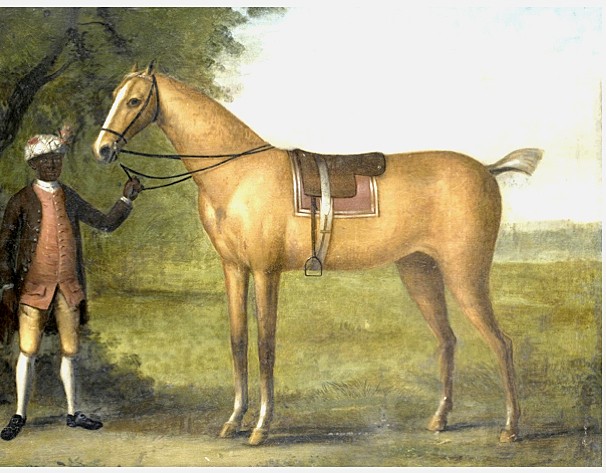
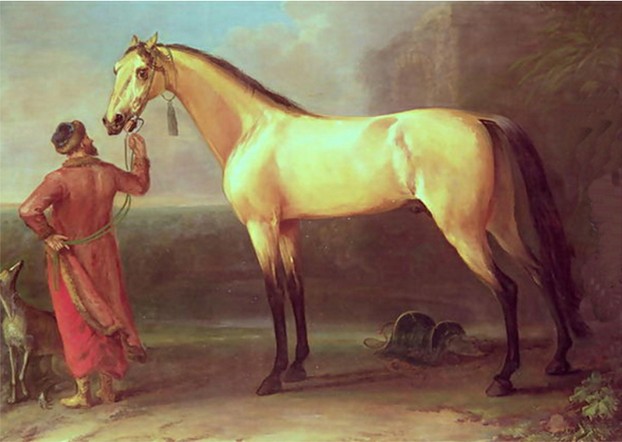
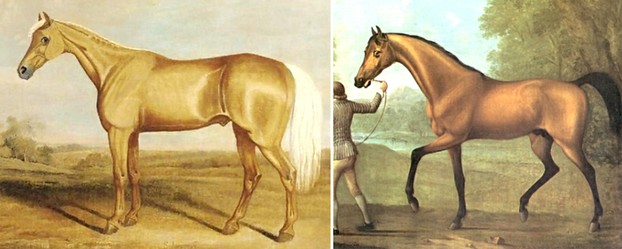
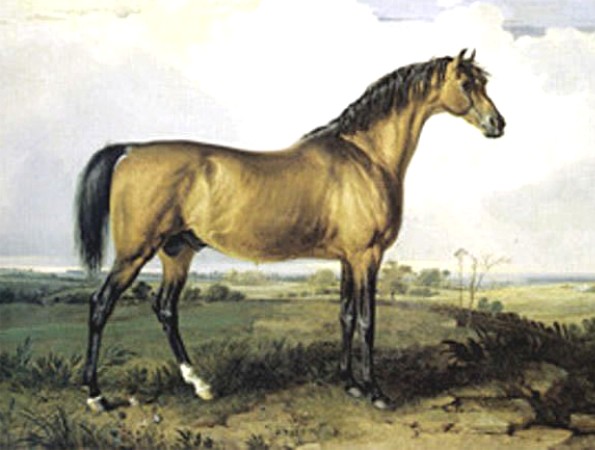
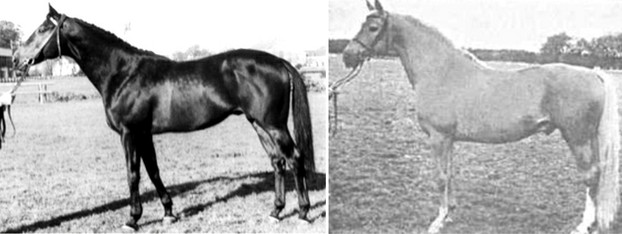
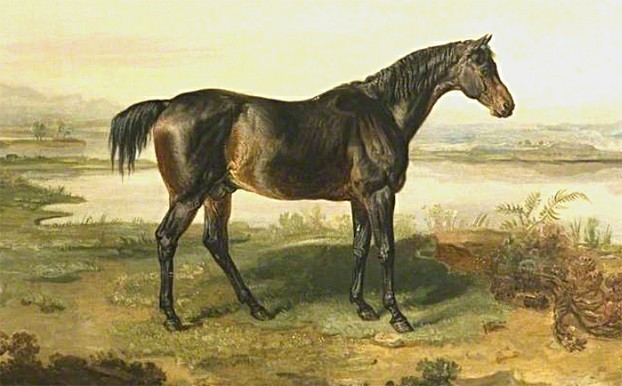
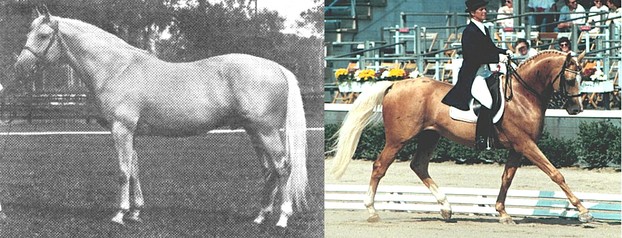





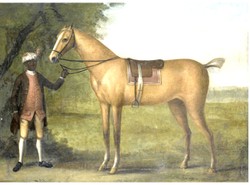

 Versatile Nova Scotia Duck Tolling Retrieverson 08/02/2014
Versatile Nova Scotia Duck Tolling Retrieverson 08/02/2014
 Should You Spay or Neuter Your Puppy?on 08/12/2014
Should You Spay or Neuter Your Puppy?on 08/12/2014
 Horse Racing History: the Preakness Stakeson 05/15/2014
Horse Racing History: the Preakness Stakeson 05/15/2014
 Dinosaurs Will Be On Display in Trenton, Ontario, Canadaon 07/29/2013
Dinosaurs Will Be On Display in Trenton, Ontario, Canadaon 07/29/2013

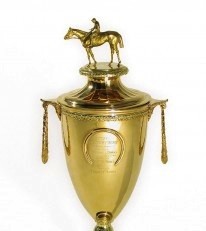
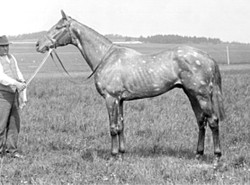
Comments
Wow, great coverage of the light hued horses. We had a Palomino growing up. Her name was Polly. She was a great, gentle horse.